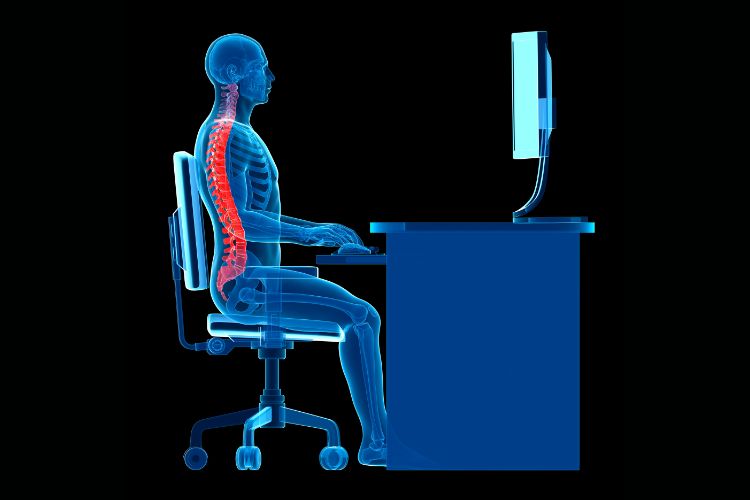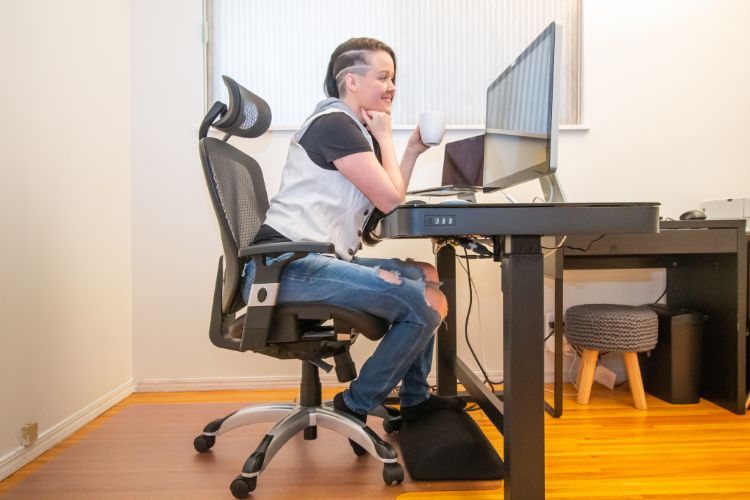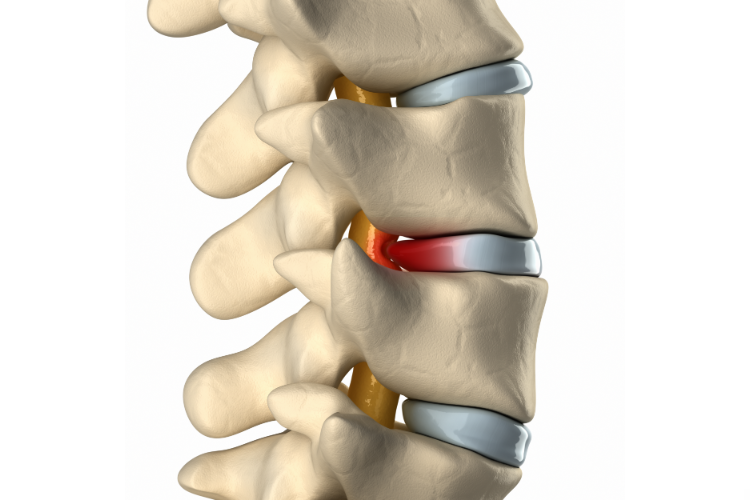In today’s digital age, most of us are glued to our desks, often disregarding the tell-tale signs of discomfort. However, did you know your workstation’s design can directly impact your cervical health?
Ergonomics isn’t just a buzzword—it’s an essential element in preserving our health and well-being at work. Let’s navigate this intricate relationship with guidance from Dr. Lisa Olszewski at Precision Spinal Care.
Decoding Ergonomics: A Brief Overview

Ergonomics involves designing and arranging spaces, so they fit the people using them. In the office setting, ergonomics addresses creating a work environment that fosters productivity, comfort, and health.
The Cervical Connection: Why It Matters
Your cervical spine, consisting of the topmost vertebrae of your spine, plays a pivotal role in overall health:
- Supports the Skull: The cervical spine holds up our head, making it crucial for balance and posture.
- Protects the Spinal Cord: It encloses and safeguards our spinal cord, a primary neural pathway.
- Enables Mobility: Facilitates neck movement in various directions.
Ergonomic Adjustments for Cervical Bliss

- Monitor Position: Your monitor should be at eye level, ensuring you aren’t leaning forward or looking down.
- Chair Support: Opt for chairs that support the natural curve of your spine. Your feet should rest flat on the floor, with knees approximately at hip level.
- Keyboard & Mouse Layout: Arms should form an angle between 90° and 120°. A wrist rest can prevent strain.
- Regular Breaks: Every hour, take a 5-minute break. Stretch, walk around, and give your eyes a rest.
Precision Spinal Care: Ergonomics Meets Expertise
Dr. Lisa Olszewski believes in proactive healthcare. Adopting ergonomic solutions is not just about comfort, but about promoting health.
Her initiatives include:
- Workstation Assessments: Evaluating individual workspaces to recommend adjustments.
- Cervical Health Workshops: Informative sessions on maintaining cervical health in an office environment.
- Personalized Recommendations: Tailored advice based on specific challenges and needs.
Beyond Office Furniture: Holistic Ergonomics

- Lighting: Proper lighting reduces eye strain and headaches.
- Footrests: If your feet don’t reach the ground, a footrest can ensure proper posture.
- Document Holders: Positioning documents at a similar height to your monitor can prevent neck strain.
Incorporating Movement: Balance in Stillness
Stationary postures can be harmful in the long run. Integrate these practices:
- Stretching: Simple neck and shoulder stretches can alleviate tension.
- Eye Exercises: Prevent eye strain with periodic focus adjustments.
- Walking Meetings: Instead of sitting through every meeting, consider walking ones for a change of pace.
Caring for your cervical health transcends mere medical checkups—it’s about adopting a lifestyle that’s conducive to well-being. As you shape your workspace, remember that every adjustment contributes to a larger mosaic of health and wellness.
Serving the vibrant communities of Chelsea, Dexter, Grass Lake, Ann Arbor, Gregory, Pinckney, Manchester, Munith, Bridgewater, Whitmore Lake, Lakeland, Norvell, Hamburg, Stockbridge, and beyond, Precision Spinal Care stands as a guidepost in ergonomic excellence and cervical health.
Embark on this transformative journey today! Reach out to Dr. Lisa Olszewski and her dedicated team to optimize your workspace and foster a harmonious relationship between ergonomics and cervical health.




